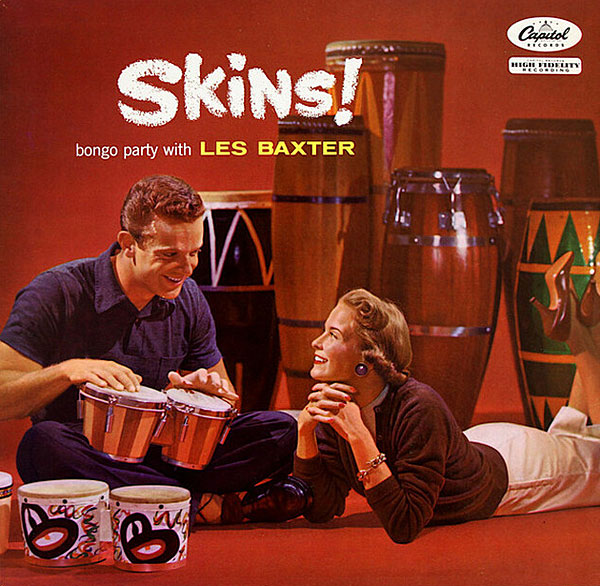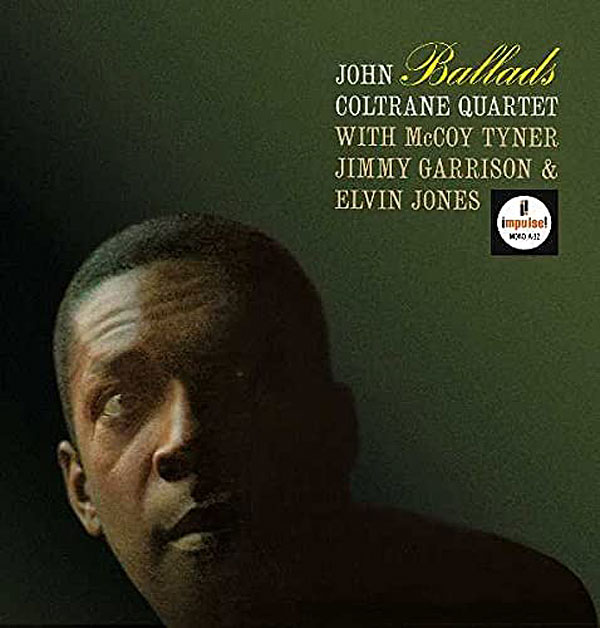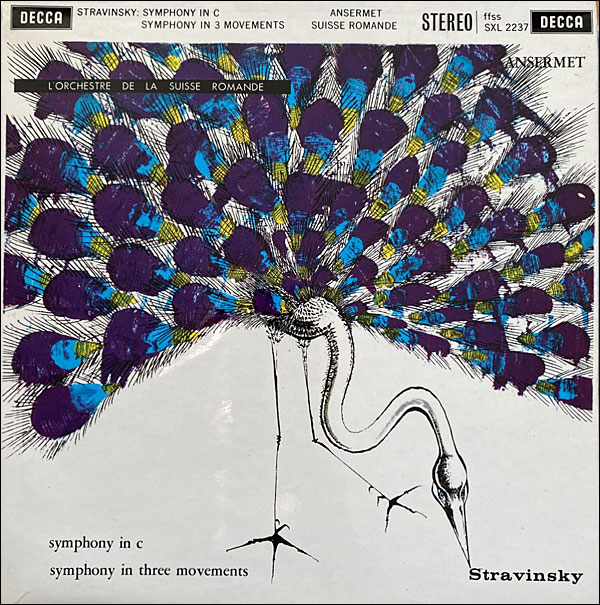| Columns Retired Columns & Blogs |
Kids, stay in school, pay attention and work as hard as you can, always towards a goal of a solid career. Use the money to enjoy hobbies that entertain and fulfill you. Which means you can buy beautiful speakers like these without batting an eyelid.
I on the other hand never listened to that advice so I get to look at pictures of them.
And remember, try your speakers in different positions to get the best sound out of them.














































